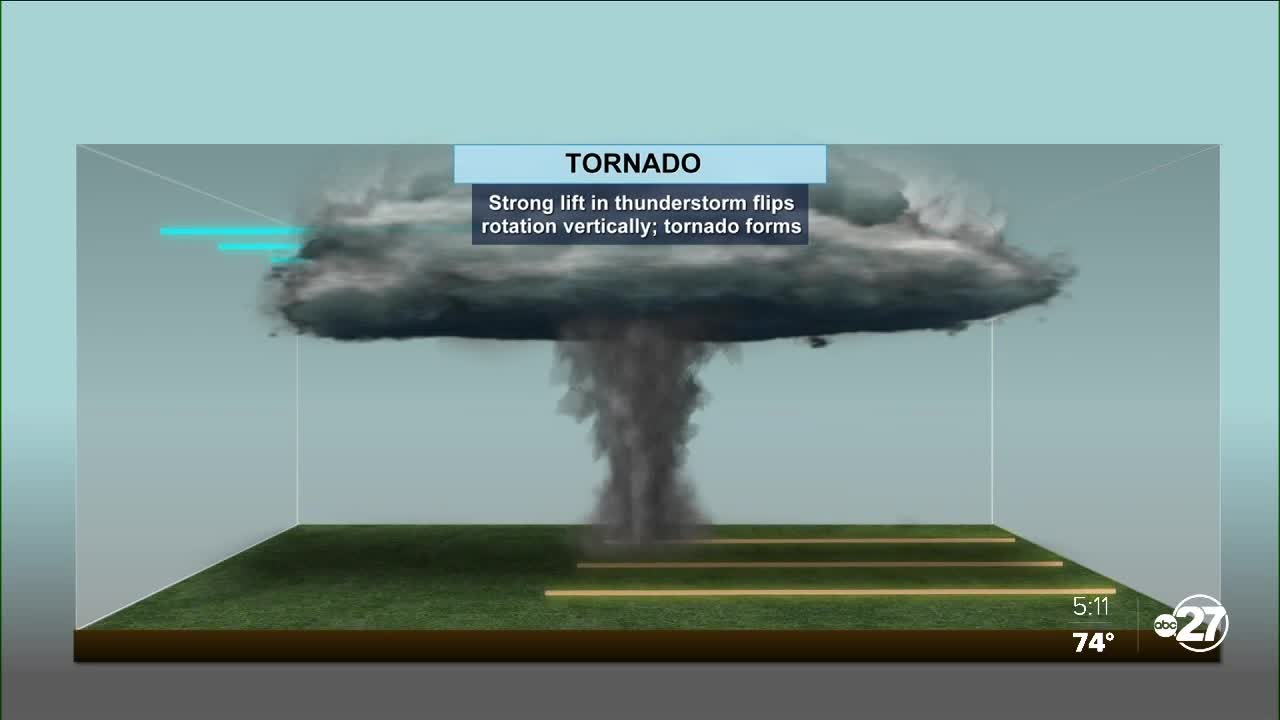TALLAHASSEE, Fla. (WTXL) — One year ago a tornado touched down in Leon County, specifically in Baum Community.
The tornado was classified as an EF-2, which means there were wind gusts up to 140 mph. There were 19 structures damaged and, of those, nine were classified as major or destroyed.
The director of Leon County Emergency Management Kevin Peters said the best way to stay safe is be prepared.
"Staying informed of hazardous conditions is key, and having an emergency management plan," Peters said. "Knowing what you're going to do based on the scenario and having a disaster supply kit. It's the three keys to being prepared."
While the intensity of this tornado is rare for Leon County, Peters encourages people to download the Leon County Citizens Connect app to stay informed.
With the potential for severe weather back in the forecast this week, it's never a better time to review why, or better yet how, these storms form this time of year. The most important thing is to remember tornadoes can form anytime, anywhere.
Locally, we see most of our severe weather, specifically tornadoes, during the winter months and early spring months as cold fronts push down into the region.
Most of that is due to the wind direction, when you get different direction winds between different levels of the atmosphere.
When you have warm, moist air moving through at the surface and then cool dry air above, these cold fronts create spin in the atmosphere as fronts roll through. When you have a lot of shear (that's when you see that rotation and then with instability as cold fronts roll through) you get lift.
When a strong lift from a thunderstorm flips that rotation vertically, you get a tornado.
It's always important to have a safety plan, knowing the difference between tornado watches and warnings, and knowing where your safe place is just in case you get put under a warning. That will always be the lowest, smallest, most interior room of your house, putting as many walls between you and the outside as possible.
For more on how to get prepared for severe weather, check out our guide here.




